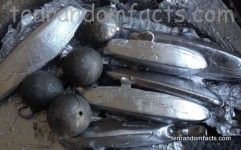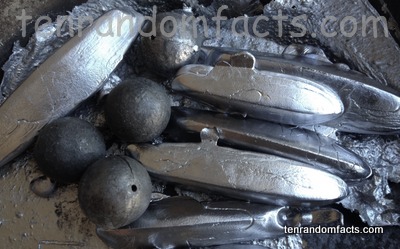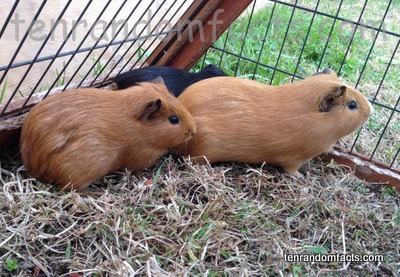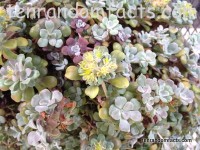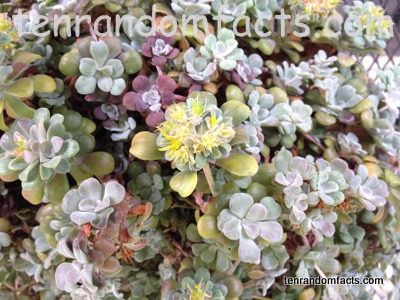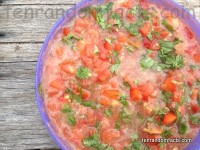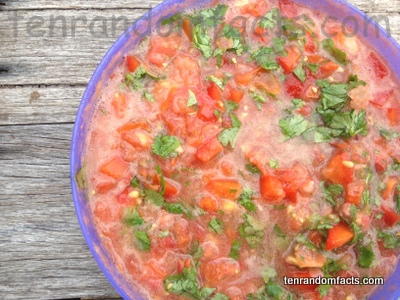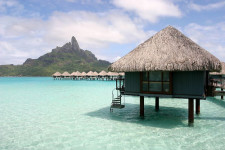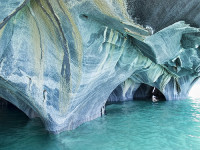
Light cannot escape in the labyrinth of the Marble Caves.
- The Marble Caves is a group of caves made of marble, situated in the Chile portion of the General Carrera Lake, in South America.
- ‘Marble Caves’ is also known as ‘Marble Caverns’, as well as ‘Marble Cathedral’ and ‘Marble Chapel’, although these terms may refer to particular formations in the area.
- Only boats of small size can be used to view and make their way through the Marble Caves, which are located in perfectly clear, stunning turquoise water.
- The marble stone of the Marble Caves is rich in calcium carbonate, making up approximately 94% of the formation.
- It is estimated that the total weight of the Marble Caves combined, would be 5 billion tonnes (5.5 billion tons).
Part of Marble Caves
Image courtesy of Dan Lunberg/Flickr
- The marble colour of the Marble Caves ranges from white to grey to blue, and also includes the odd pink tint.
- The Marble Caves were formed by water and weather erosion over a span of thousands of years.
- ‘Marble Caves’ are known in Spanish as the ‘Catedral de Mármol’ or the ‘Capilla de Mármol’.
- There are three formations in the Marble Caves group – the cathedral, the chapel and the cave.
- To access the Marble Caves, a boat is usually used from the small remote town of Puerto Rio Tranquilo, while the most common period to visit is from December to February.
Bibliography:
General Carrera Lake Is Chile’s Answer To Everything Blue And Beautiful, 2014, Huff Post Travel Canada, http://www.huffingtonpost.ca/2014/01/22/general-carrera-lake-photos_n_4640023.html
The Marble Cathedral of Chile: Are These the World’s Most Beautiful Caves?, 2011, Daily Mail Australia, http://www.dailymail.co.uk/sciencetech/article-2021090/The-marble-cathedral-Chile-Natural-wonder-worlds-beautiful-cave-network.html
The Marble Cathedral of General Carrera Lake, 2011, Kuriositas, http://www.kuriositas.com/2011/05/marble-cathedral-of-general-carrera.html
Marble Caves, Chile, 2015, Don’t Complain, http://www.dont-complain.com/2015/01/17/marble-caves-chile/





